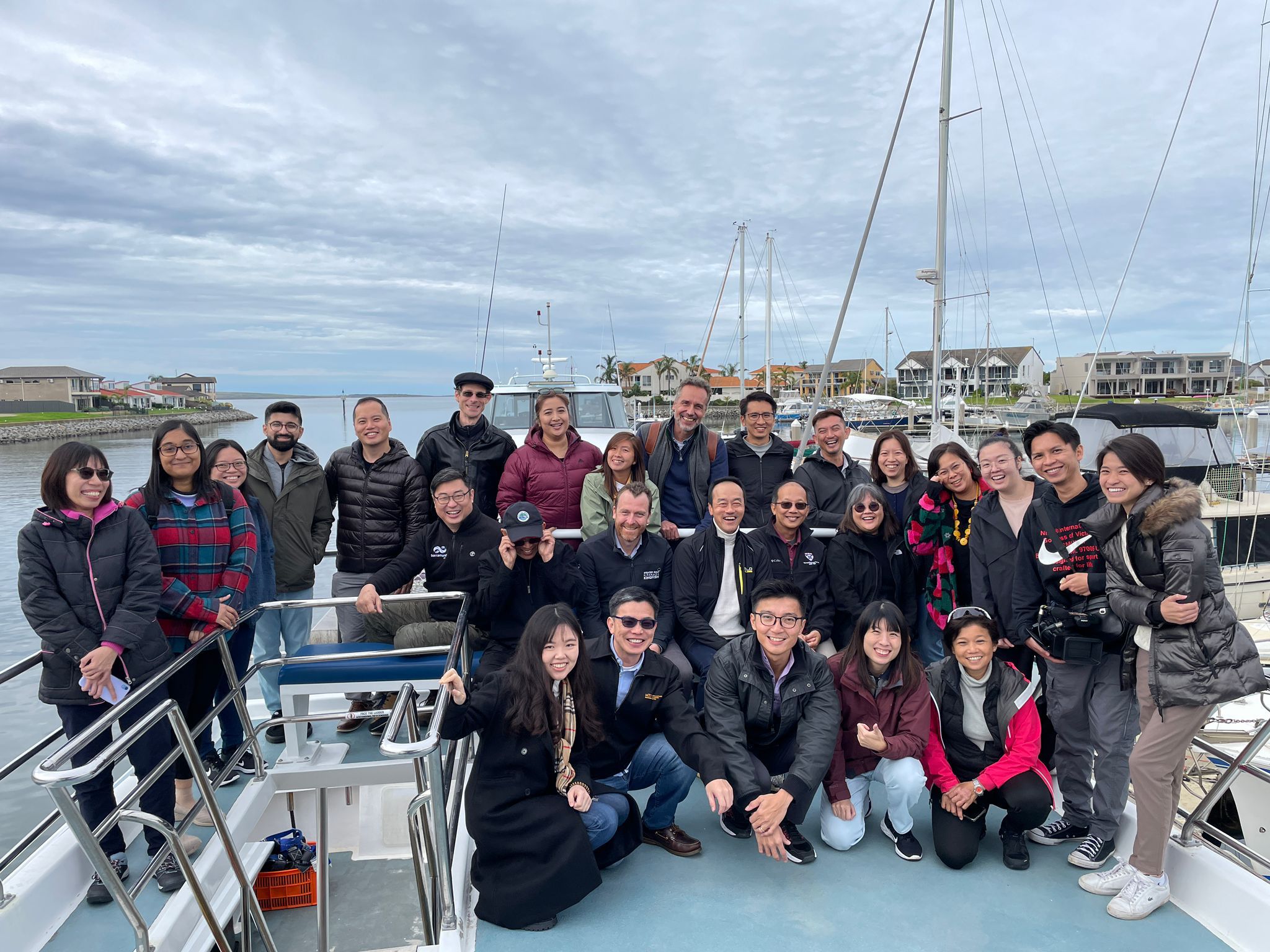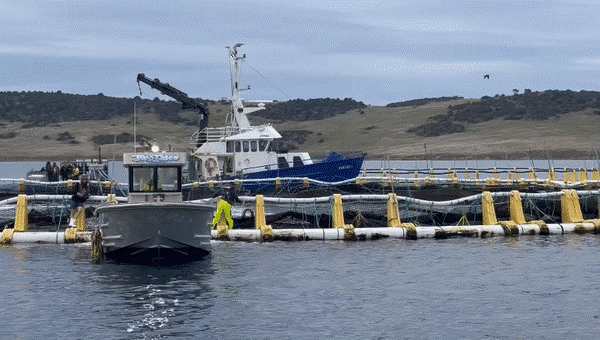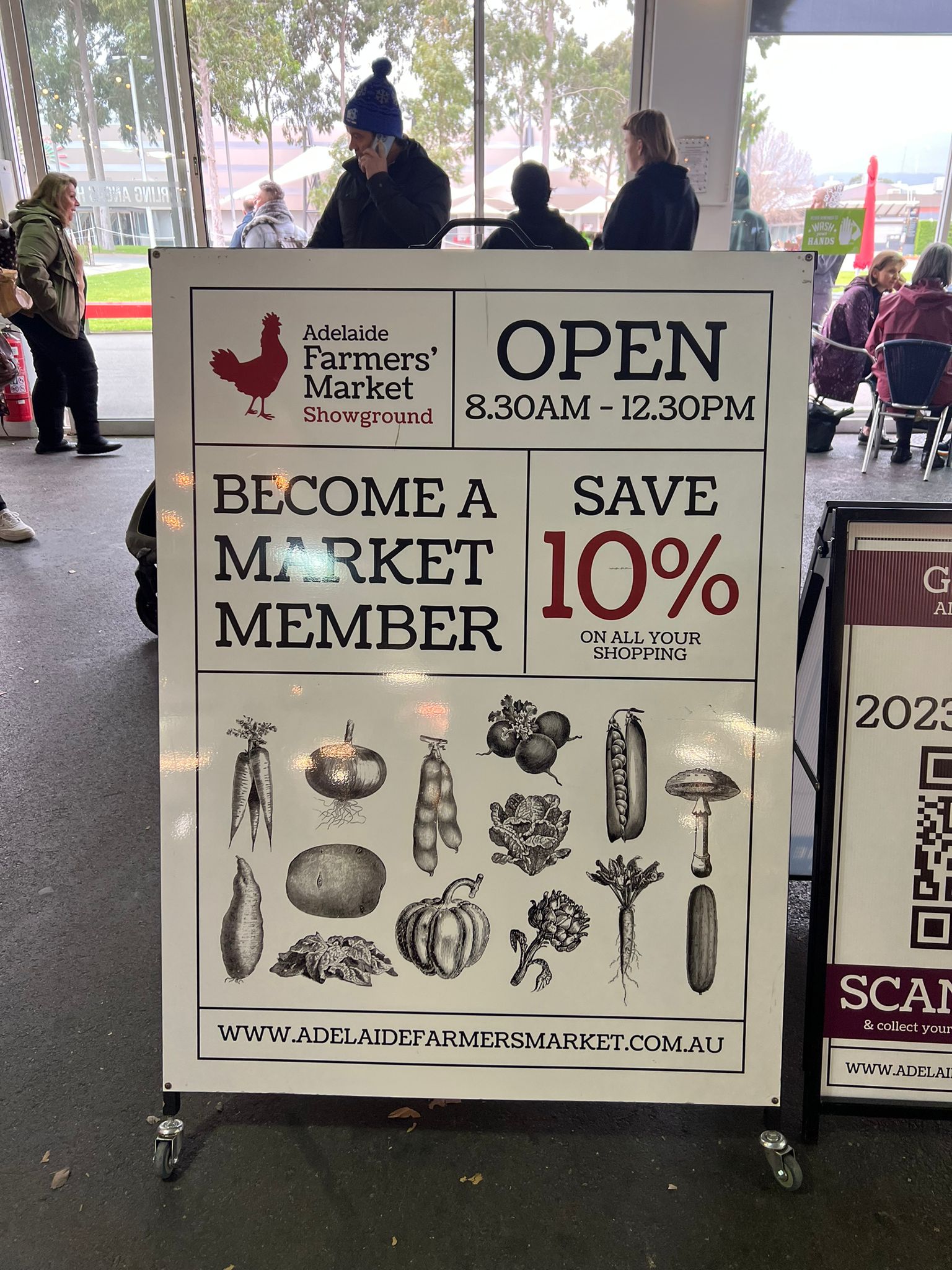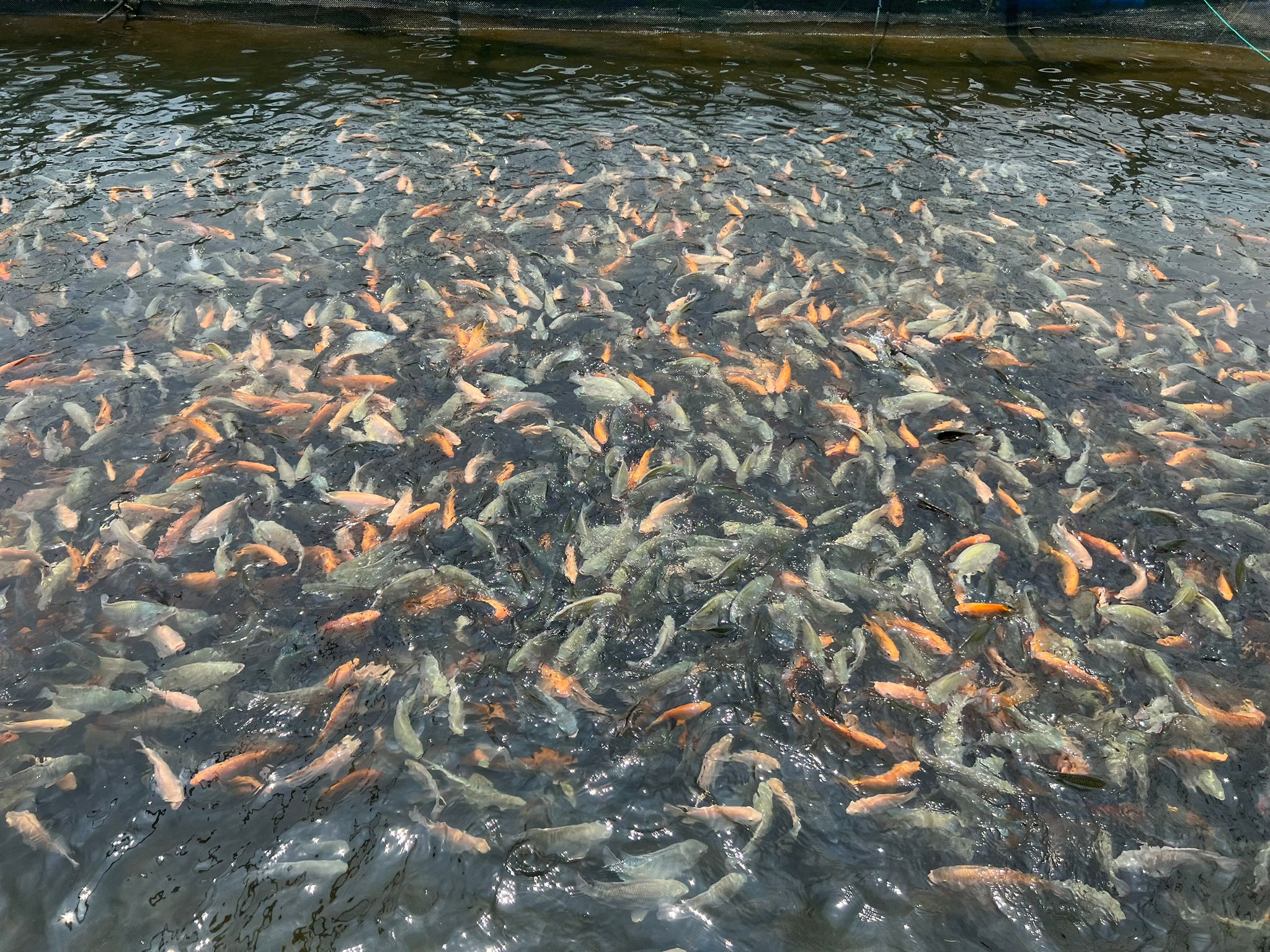Summary:
|

Photo: Ken Cheong
Earlier this year, Dr Koh Poh Koon, Senior Minister of State for the Ministry of Sustainability and the Environment (MSE), led a delegation that included MSE and Singapore Food Agency (SFA) officers, local fish farmers, academics and media representatives to Southern and Western Australia.
Together, the group aimed to gain a deeper understanding into regulatory approaches and collaborations in Australia, with a focus on striking a balance between sustainable aquaculture, productivity and environmental conservation.
Among the delegation members was Mr Ken Cheong, Chief Executive Officer of the Singapore Agro-Food Enterprises Federation (SAFEF). He shares his thoughts on the valuable lessons that Singapore can learn from Australia.

Australia has come a long way in pursuing sustainable aquaculture. While the region was once left reeling from the loss of native fish and shellfish due to overfishing and poor husbandry practices, the industry has bounced back with firm resolve and unity to relook itself, and work towards balancing productivity with environmental sustainability.
The circumstances and challenges might not be the same in Singapore. Yet, Australia’s experiences hold many lessons, as the Government looks to transform the local aquaculture sector into a more sustainable and productive one.Collaboration is key
Transforming an industry is a massive, ambitious task. It requires commitment from all stakeholders to work together towards a common goal. In both Southern and Western Australia, a key observation during the trip was the close collaboration between the industry, the government, and the scientific community.
The industry actively engages in research and science to explore sustainable farming methods within their allocated waters. An example of this commitment is their involvement in farming seaweed, which has the potential to reduce nutrients generated by aquaculture and support restoration and environmental remediation efforts. The industry sponsors universities to conduct research on optimising seaweed growth in the waters, which will ultimately enable them to farm more fish in the same waters.
The Government of Southern and Western Australia, too, plays a key, facilitative role. Recognising the need for agility for the industry, they have adopted a pro-enterprise regulatory approach and established a one-stop shop concept to streamline interactions with regulatory bodies. They have also made compliance straightforward, simplifying the legal process to ease the set-up for farms.

A sign at the Adelaide Farmers’ Market Showground, where local produce are sold at. Consumer demand has a pivotal influence over local farms, says Mr Cheong. Strong demand encourages farms to continue farming fish sustainably. Photo: Ken Cheong

Like Australia, it is evident that regulators, the farming industry and scientific research bodies here must collaborate with a unified purpose if we are looking to transform our aquaculture sector. This cooperation will create an ecosystem where each party’s expertise contributes to solutions and advancements.
For instance, as Singapore looks to produce more fish in our waters while minimising any potential impact to the environment, understanding and managing the impact of farming activities on water quality is crucial. What is that magic number of fish that can be optimally and sustainably produced in each space? This is where institutes of higher learning, environmental groups, and the Government play a vital role, by facilitating and conducting environmental studies to guide the industry.
At the same time, collaboration amongst stakeholders is much easier said than done. Each stakeholder group is made up of multiple, diverse voices, and this is no different for Singapore’s aquaculture industry, with its varied views on farming approaches.
SAFEF’s role

This is where SAFEF comes in. Firstly, we rally the industry together to acknowledge and discuss the same problems, to present a united front and enable more effective collaborations with other stakeholders. Currently, we are working with farms to do more to improve the aquaculture scene. For example, we encourage them to be more open to improving the way they do things. This can be in the form of farming a different species of fish, or adopting the use of pelleted feed, which has been shown to minimise the environmental impact of fish farming while still serving as a nutritious food source.
SAFEF’s role is also to organise the industry to work meaningfully within the regulations set by the Government to move the industry towards more productive and sustainable farming. For example, as the Government conducts studies of our sea spaces and identifies limits on the number of fish that can be farmed sustainably within a space, we must strategise to shortlist the most commercially viable fish for farming within this limit. What are the best protocols to employ? Can farms coordinate their stocking schedules throughout the year to avoid placing stress on the waters? Aquaculture farms in Singapore are located close together due to limited sea space, so coordination and cooperation are crucial. At the same time, when it comes to demand and supply of fish, farms stand to gain from spreading their harvests out!
Within the industry, we have already initiated projects with interested farms to explore how we can farm responsibly and sustainably in our waters. Simple but essential steps, such as record-keeping, not only meet regulatory requirements but also provide valuable data for our scientists and researchers. Our project group investigates the best feed and protocols, enabling us to understand and assess sustainable fish farming capacity. To do so, some of the questions we ask ourselves are: How much fish is stocked in the nets? How much feed is dispensed? What is the mortality rate?
In cases of fish mortality, the farms will follow up with health advisories, and if indeed there is an outbreak of disease, we can act swiftly, leveraging the aquatic animal health services provided by SFA. Although we started on a small scale, neighbouring farms are becoming aware of our efforts. There is a chance for us to move everybody forward – farms are eager to maximise their yields and profitability from the waters!




